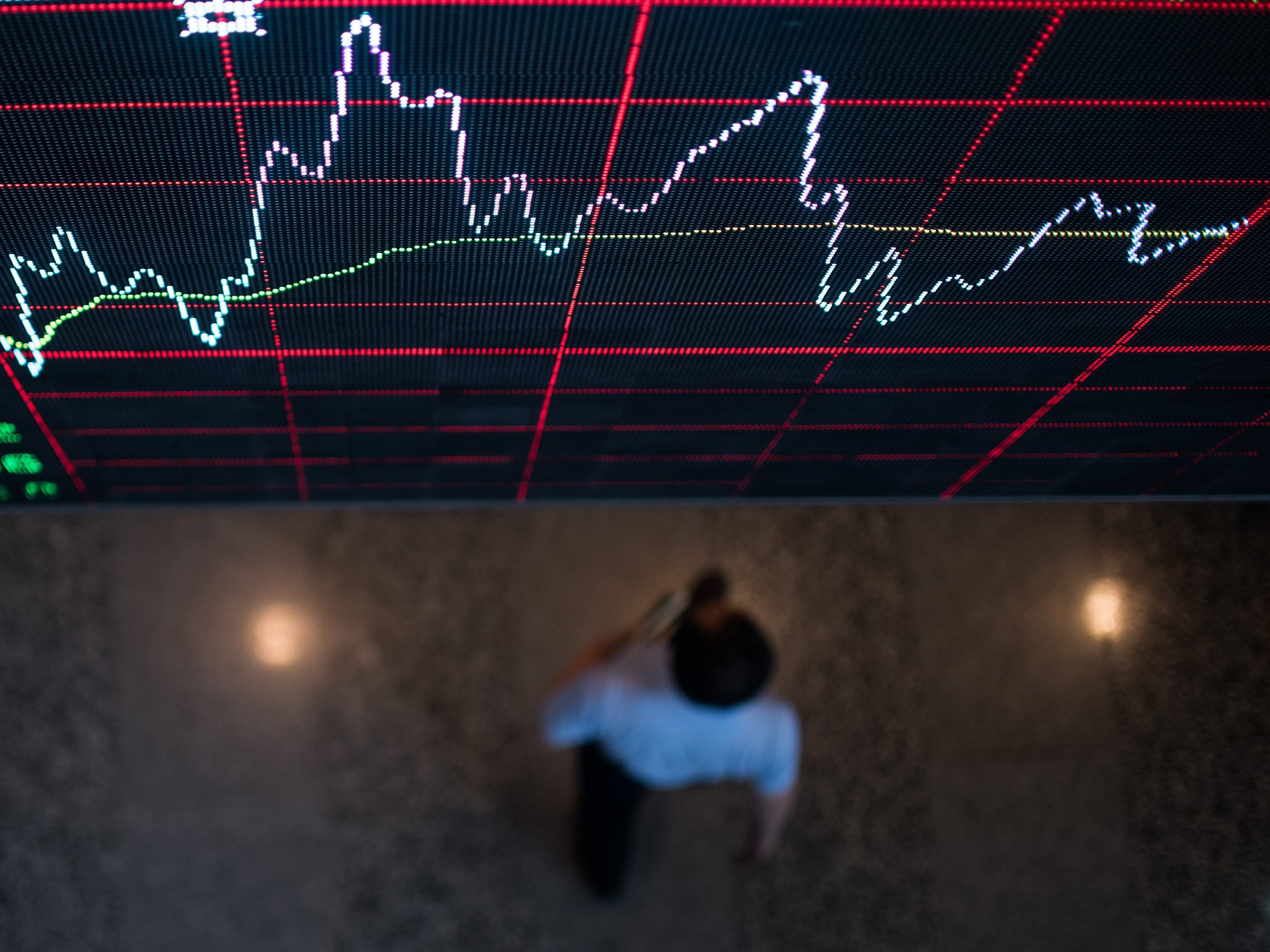Commodity market problems are symptoms of underlying issues
Das Capital: The cause of the financial crisis – unsustainable debt – has not been addressed

Fanfares of trumpets do not announce turning points in markets. Since the middle of the year, financial markets have been volatile. Moves of plus/minus 1 to 2 per cent per day and even larger intraday moves have been common. Equity markets have lost around $10trn (£6trn) in value, equivalent to around 15 per cent of global GDP, during this period.
Pundits have offered multiple explanations: commodity prices, overleveraged commodity trading firms, China, uncertainty about US interest rates and computerised trading. But no one really knows. There is no clear single factor that appears to have triggered the price falls. Perhaps the market simply ran out of momentum and investors lost confidence.
A key area of concern has been the downturn in commodity markets. There was significant underinvestment in mining assets and infrastructure in the 1990s, reflecting low real prices for many commodities. The combination of supply constraints and unexpected increases in demand, especially from China and India, led to a sharp increase in price levels. The industry responded by massive investment, assuming continued demand and high prices. The current correction is part of a familiar cycle, driven by large amounts of supply coming on-stream coinciding with a slowdown in demand.
The problems in commodity markets are significant, but primarily as symptoms of several real underlying issues. Growth has not recovered to pre-financial crisis levels, despite seven years of emergency interest rate levels and central bank intervention.
Importantly, growth in emerging markets has slowed sharply. China finds itself facing problems of rising debt levels. India seems unable to overcome infrastructure deficiencies. Commodity producers, such as Brazil, Russia and South Africa, are affected by low prices. Institutional failures, corruption, lack of competitiveness and an inability to reform, which were ignored, now limit future prospects.
There has been a slowdown in global trade. In recent decades it has grown by roughly double economic growth. The World Trade Organisation expects growth in trade to be slow and perhaps contract. It is not clear whether this signals structural changes in trading patterns or presages slower growth.
There is the excessive dependence on the strong performance of China. The Middle Kingdom has contributed between one-third to one-half of total global growth in recent years. While China has 20 per cent of the world’s population and around 13 per cent of global GDP, it consumes 60 per cent of the global production of concrete, 48 per cent of copper, 49 per cent of coal, 54 per cent of aluminium, 46 per cent of steel and 50 per cent of nickel. The dangers of this dependence have been increasingly exposed.
Disinflationary and deflationary pressures are proving persistent. Assets, like commodities, which act as a hedge against rising prices, have become less attractive.
There was significant malinvestment, driven by the low cost of capital. A significant proportion of investment was debt financed. The mining industry, in common with other businesses, significantly increased leverage to expand production. Large commodity trading firms, such as Glencore, Noble Group, Trafigura and Vittol, have significant borrowings and also extensive positions in derivatives. The problem is compounded by the fact that the buyers, as well as key infrastructure providers such as transport and logistics firms, also used leverage against assumed assured revenue streams, which were all commodity-price dependent. Low rates also encouraged investment in commodities, as investors chased returns. This included exposure to mining firms to capitalise on the growth in the sector. It also took the form of direct investment in commodities. Some of these investments used leverage to increase returns.
The continuously neglected fact remains that the major cause of the financial crisis – unsustainable debt levels – has not been addressed. Low rates and abundant liquidity has allowed these debt levels to be maintained and even increase.
Business news: In pictures
Show all 13Asset markets are reliant on the continuation of existing unconventional monetary policies. Increases in US interest rates and reduced liquidity support would destabilise the status quo. It would make high debt levels difficult to maintain and also adversely impact already insipid levels of economic activity. It might also result in withdrawal of funds from risky investments, forcing price adjustments.
The diagnosis of disease increasingly relies on biochemical markers, such as the presence of a specific antigen. Financial markets are similar. The problems in commodity markets are signalling stresses. It is important that markets and policymakers interpret the informational content correctly and make the right diagnosis.
Satyajit Das is a former banker and author whose latest book ‘A Banquet of Consequence’ will be released internationally in February 2016
Subscribe to Independent Premium to bookmark this article
Want to bookmark your favourite articles and stories to read or reference later? Start your Independent Premium subscription today.

Join our commenting forum
Join thought-provoking conversations, follow other Independent readers and see their replies